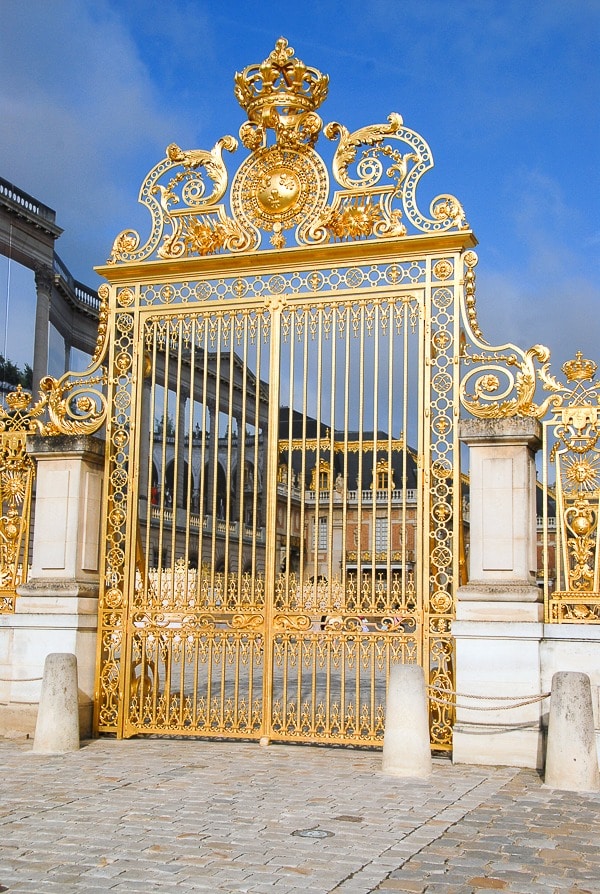
During our summer stay in Paris, a day trip to the Château de Versailles was without question a high point. A short thirty minute train ride lands one in a different world all together. Almost defying description, the sprawling estate which was once the hunting lodge of Louis XIII, the property has been expanded over the years rendering one of the most magnificent examples of 18th century French art. It has been inhabited by three French kings, all of whom left their mark with building expansions and opulent décor until the French Revolution. The government of France was moved to Versailles in 1682 leaving its walls with many stories to tell of the historically significant events and rich personal dramas which unfolded there.
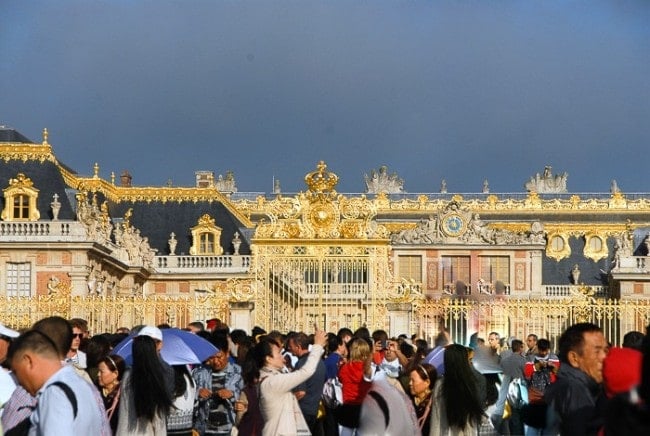


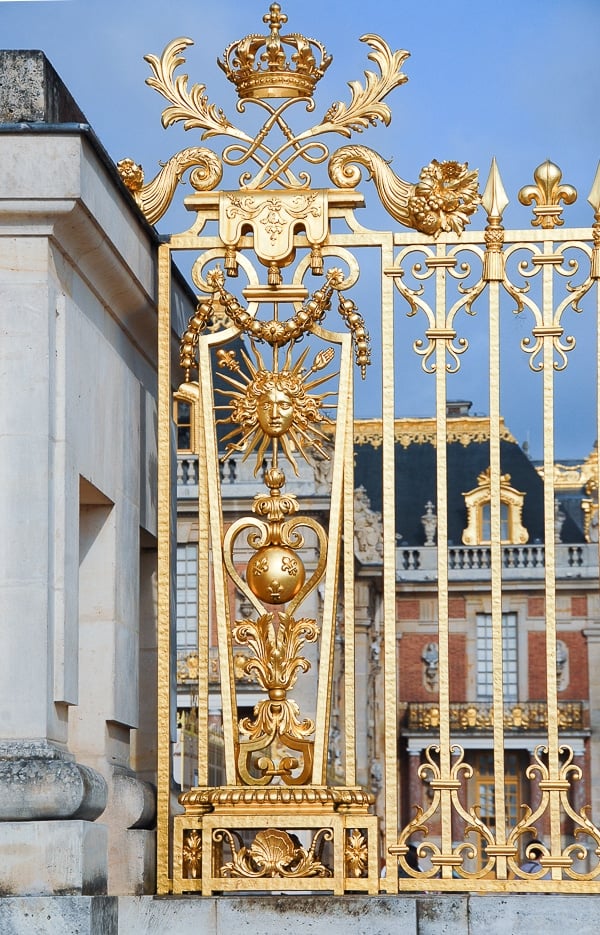
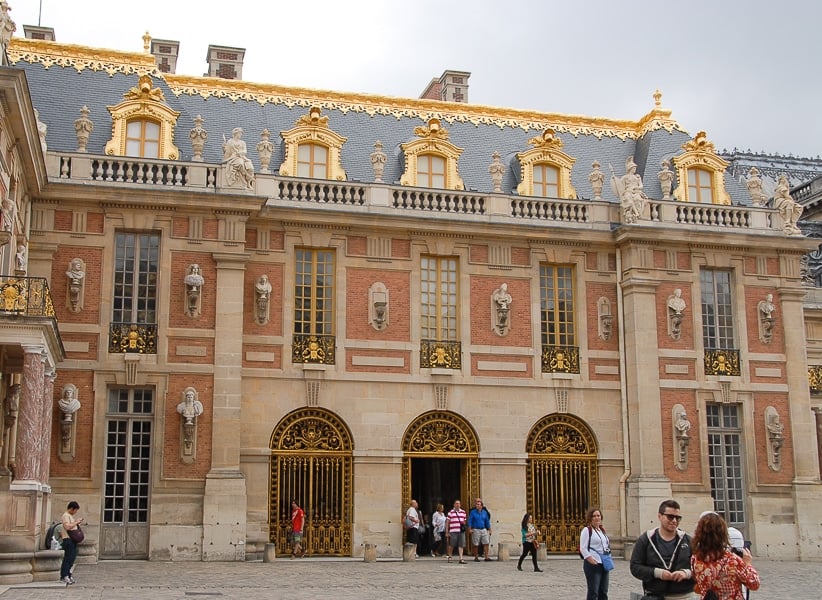
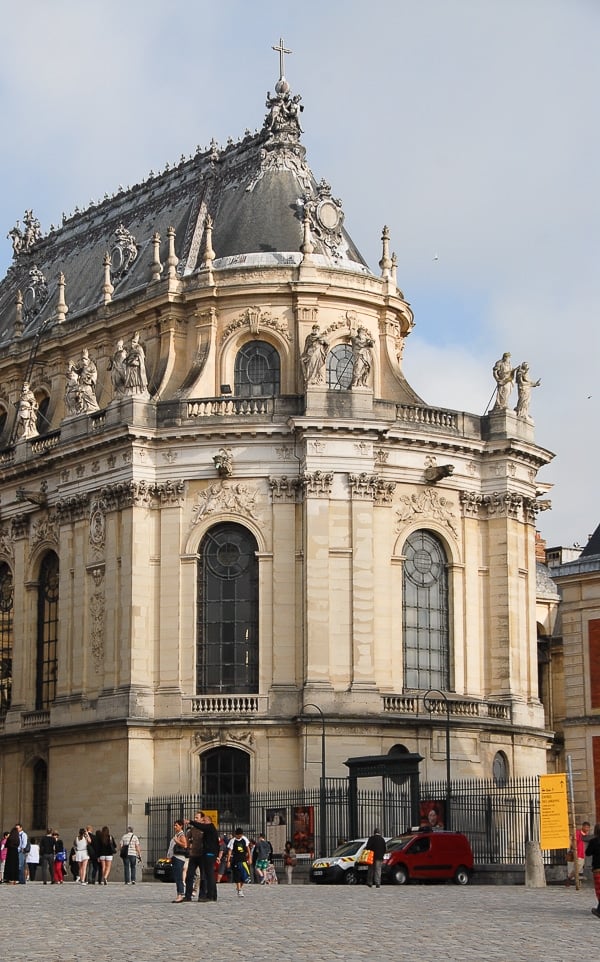
Louis XIV was responsible for the building of the actual palace, which he did with panache and sparing little expense by the look of it. The palace is comprised of 700 rooms, a small subset of which are available to tour when visiting Versailles. A self-tour allows exploration of many of the bedrooms and staterooms (including the Grand Apartments of the King and Queen), ballrooms and famed Hall of Mirrors. Louis XIV had this central salon built for use by family and court, as well as activities of state; as an example, the treaty to end WWI was signed in the Hall of Mirrors. It adjoined the royal apartments. The most notable feature are the 17 arched mirrors which face identical arch windows looking out to the estate gardens. The elaborately painted ceilings are made all the more breathtaking by 17 large chandeliers and 26 smaller ones made of silver. The hall is exquisite in every detail and a precious example of art, architecture and wealth that I do not believe the world will see again.
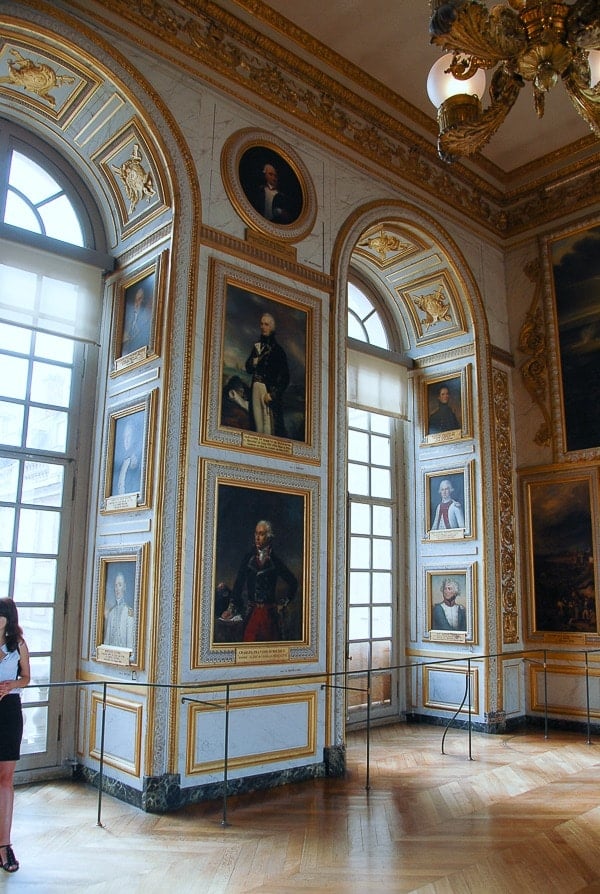
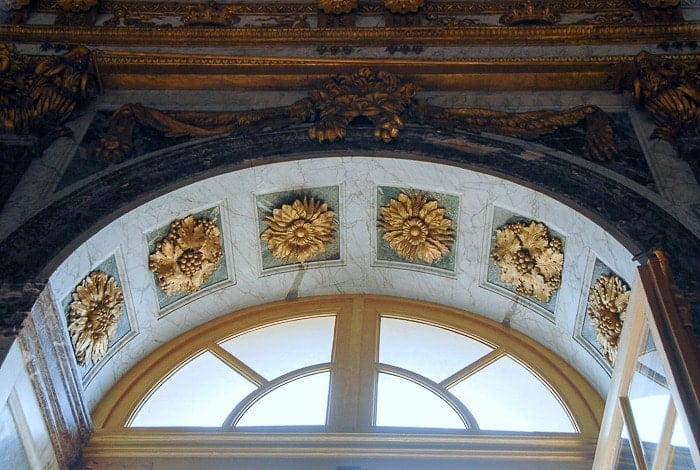
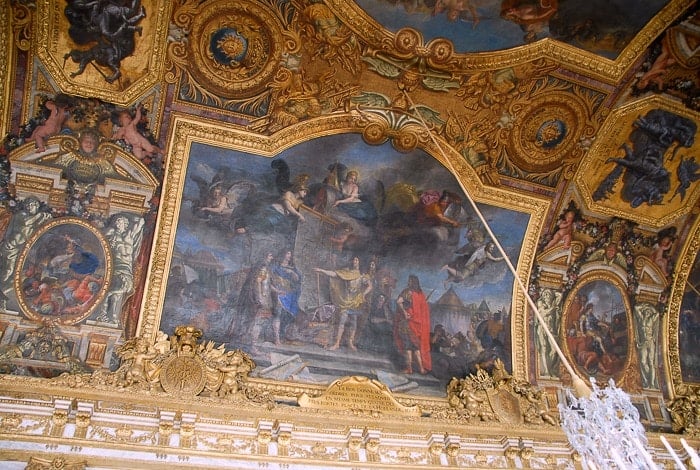
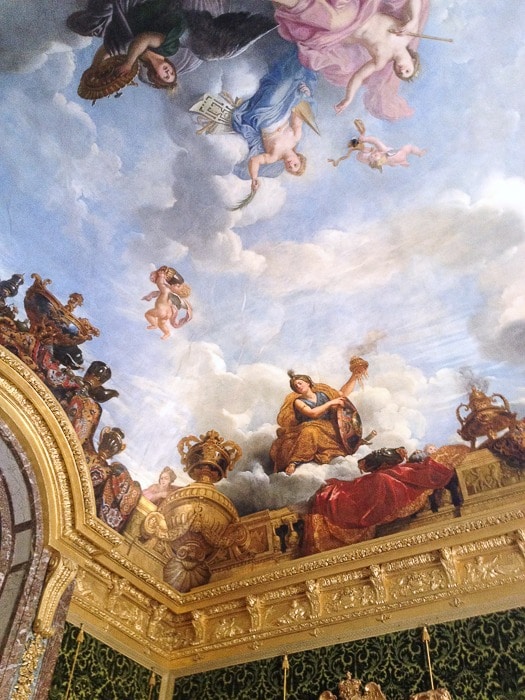
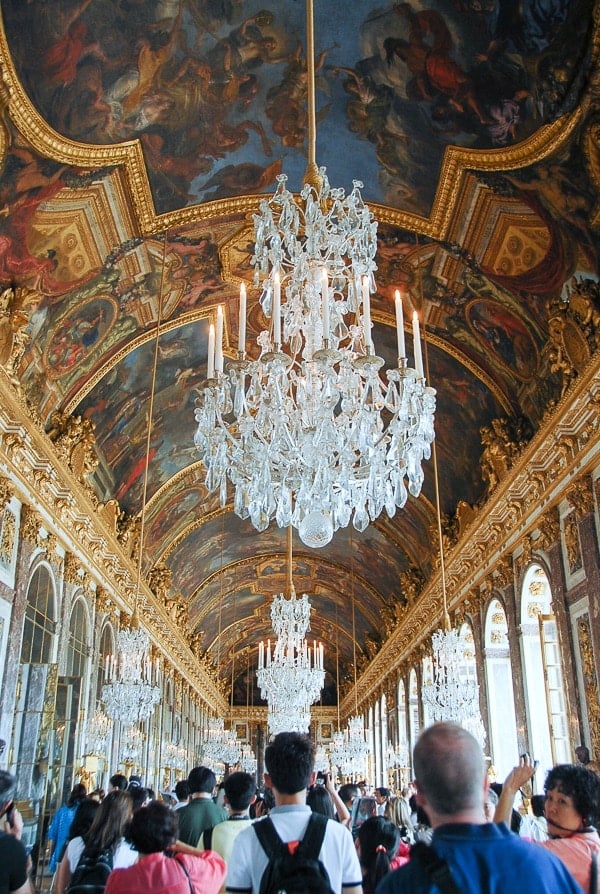
As glorious as is the palace, the gardens only further convey the grandiose nature of the property. Before arriving at Versailles, I naively imagined ‘the gardens’ would be an impressive example of well executed topiary, sculpted hedging and native species; they are a bit more! To experience the gardens one should allot as much if not more time than planned for touring the palace. The gardens, which took forty years to complete, are an extraordinary compilation of classic French gardens, wooded areas, over 50 fountains, bronze statuary, marble sculpture spanning over 800 hectares of land. Louis XIV felt the details of the gardens were as important as those of the palace and it shows. The Grand Canal (1,670 meters long) offers a chance to rent row boats to laze away an afternoon and return for a bite at one of the small cafes on the shore. Trivia fact: the Reflecting Pool on the National Mall in Washington D.C. was modeled after The Grand Canal.
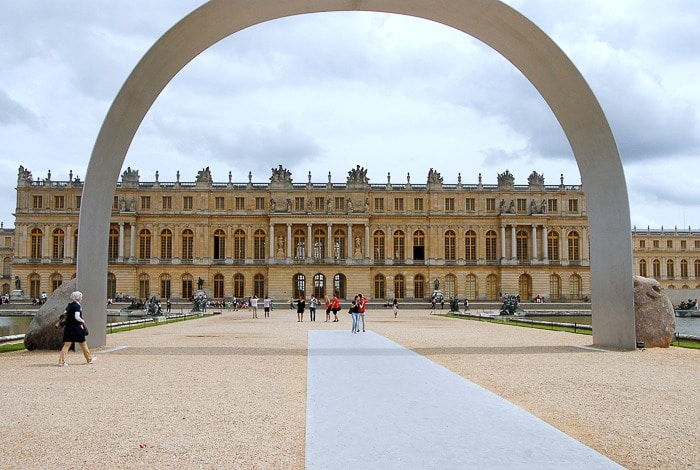
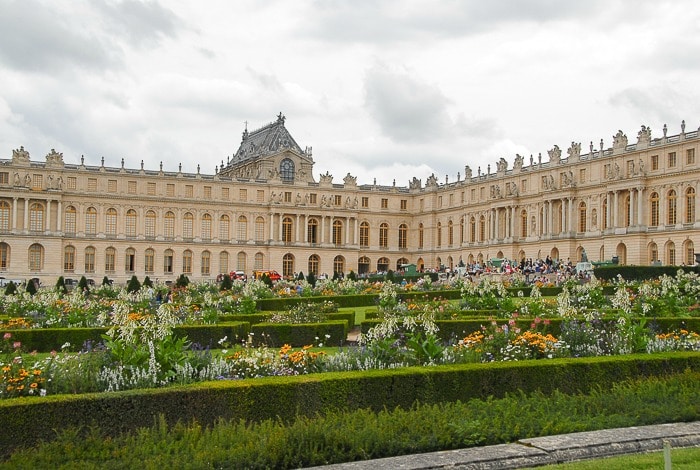
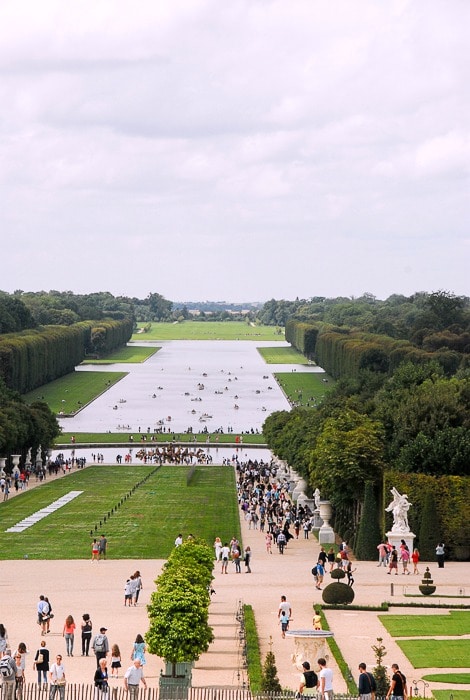
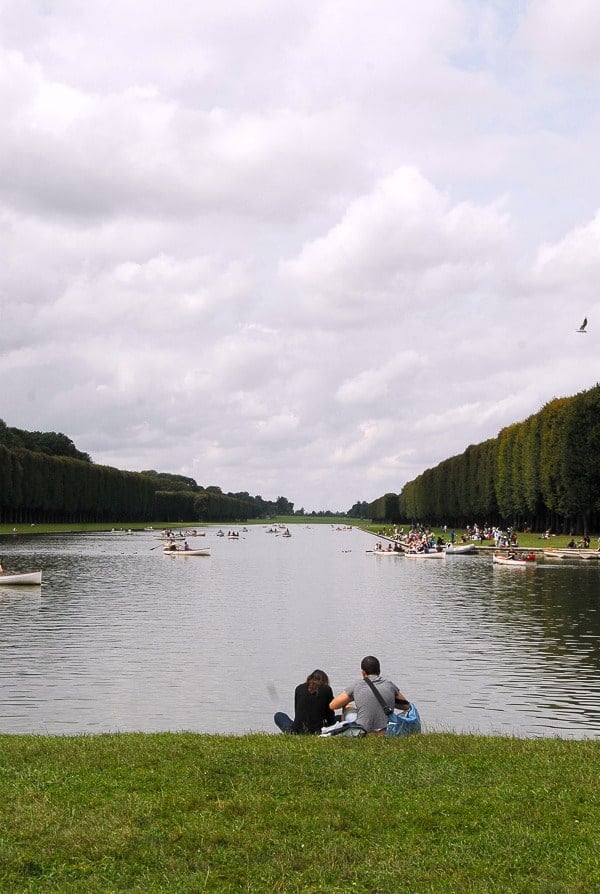
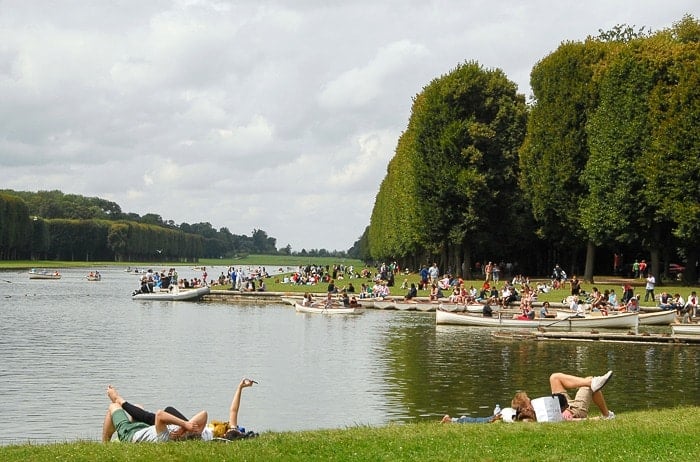
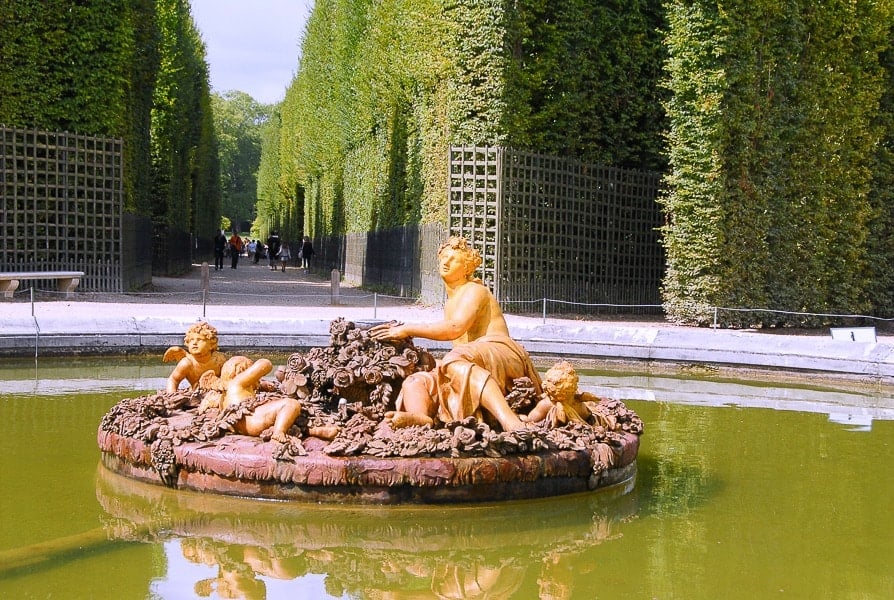

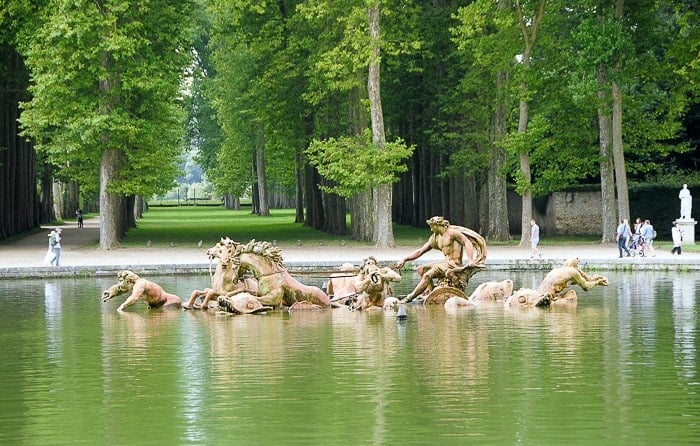
Despite the undeniable splendor of the palace and majesty of the gardens, I particularly loved the Petit Trianon; a retreat gifted to Marie-Antoinette by her young groom Louis VXI. The Petit Trianon, and the surrounding gardens and grounds, allowed Austrian-born Marie-Antoinette to escape the pomp and circumstance of the court of Versailles, living a freer, rural life. Decorated in no less luxurious style, the Petit Trianon was an opportunity for Marie-Antoinette to apply her own sense of style and fashion to her surroundings, something which was not possible in the Palace de Versailles. Set off behind the Grand Canal, Marie-Antoinette’s estate seems a world away from the formal Versailles, hosting gardens, a small farm and a much more relaxed feel.
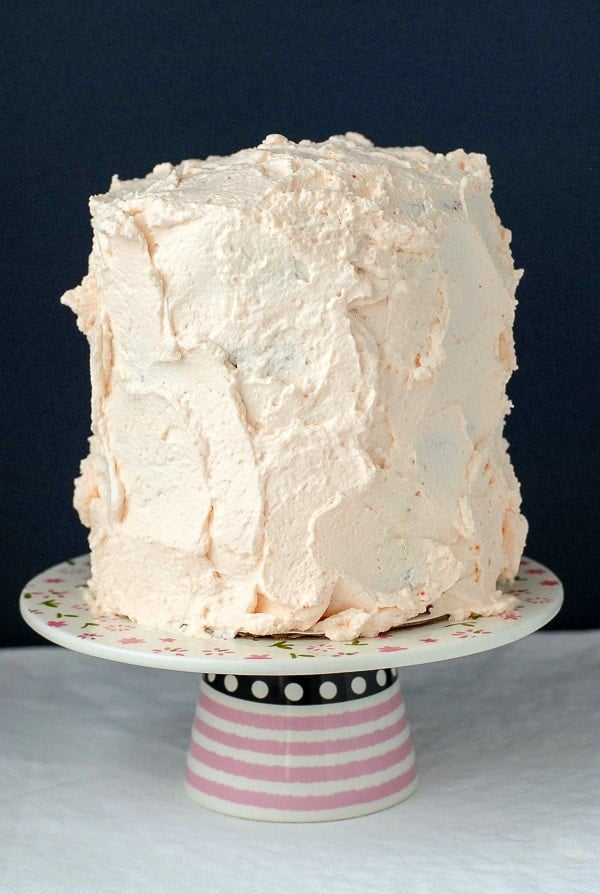
When touring the Palace de Versailles I found myself somewhat saturated with all things Louis. My impression was Louis XIV was a Bon Vivant with rich taste and a good healthy sense of self-appreciation. Each room in the palace bears a signature of one of the Louis’s in the form of a painting or statue. After the deep, rich tones of the palace rooms I was uplifted to come upon the bedchamber of Marie-Antoinette which was a beguiling pink floral. I truly became enchanted by her story (and her seeming obsession with pink) to the point of coming back to the U.S. to watch Sofia Coppola’s movie ‘Marie-Antoinette’, which is all shot at Versailles and at the Petit Trianon.
As an homage to Marie-Antoinette, the nearly child bride of introverted teen Louis XVI, for her love of pink, her penchant for elaborate entertaining and the phrase which made her famous (though it is said she actually never declared ‘Let them eat cake’), I have made a cake in her honor. A blazing pink Rose-flavored cake, filled with Pistachio Cream and eccentrically iced with Whipped Cream frosting tinted an oh-so-subtle shade of pink. The cake layers themselves? Not so subtle. I believe Marie-Antoinette would appreciate the shameless pink cake accented by unexpected green layer in between. The cake is also gluten-free.
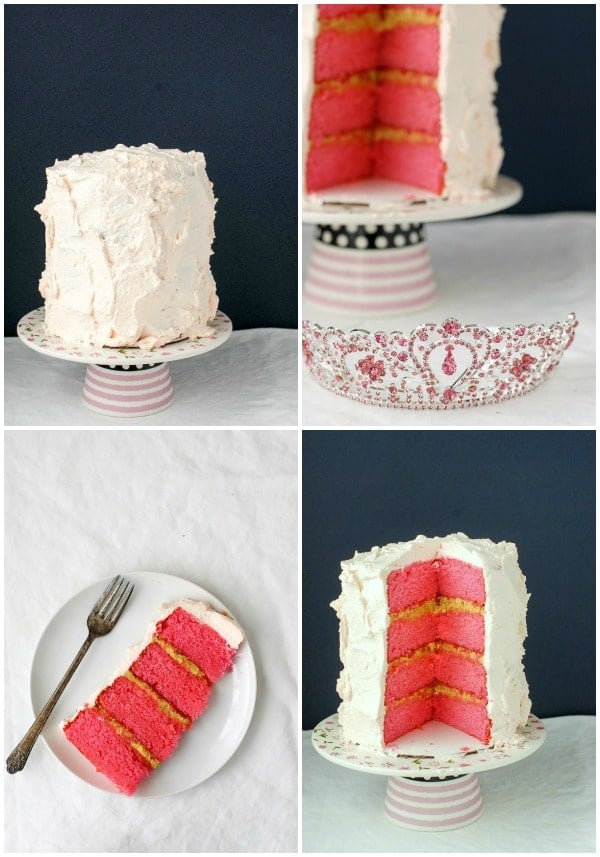
Recipe
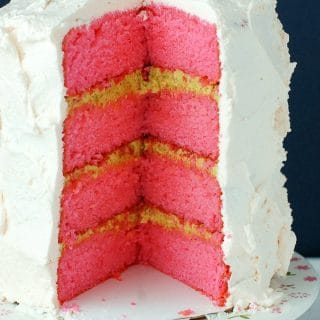
Rose-flavored Cake with Pistachio Filling and Whipped Cream frosting (gluten-free)
Ingredients
Ingredients for the Rose-Lime Cake:
- 4 eggs , room temperature
- 2 cups Granulated Sugar
- 1 cup Milk
- 1 cup Vegetable Oil
- ¼ cup Lime Juice , preferably freshly squeezed
- 1 teaspoon Vanilla Extract
- 1 teaspoon Rose Extract
- 2 ½ cups Gluten-Free Flour blend (I used King Arthur’s)
- ½ teaspoon Kosher Salt
- 1 tablespoon Baking Powder
- Optional: Pink food coloring (I used Wilton Rose ¼ teaspoon to achieve the pink tone of this cake)
Ingredients for Pistachio Cream:
- ¾ cups Raw Pistachios*
- 4 tablespoons Unsalted Butter
- ½ cup Superfine Sugar
- ¾ cups Heavy Whipping Cream
- 1 teaspoon Vanilla Extract
Ingredients for Whipped Cream Frosting:
- 1 ½ cups heavy whipping cream
- 1 ½ tablespoons sugar
- 1 teaspoons vanilla
- Pink food coloring
Instructions
Instructions for the Rose Cake:
- Preheat the oven to 350 degrees. Prepare the 6-inch cake pans by cutting a circle of parchment paper to line the bottom (place the cake pan on the parchment paper, trace around it with a pencil and cut out). Using a stiff pastry brush, brush a light coat of softened butter on the pan bottom, insert parchment circle, smooth out wrinkles or bubbles. Brush a light coat of butter over the parchment and on the pan sides. Place a small amount of gluten-free flour in the pan; swirl it around to coat the bottom and sides of the pan. Turn upside down and tap pan to release any excess flour.
- In the bowl of a standing mixer combine the eggs and sugar. Beat on medium-low for 2-3 minutes until mixture is thick and creamy.
- While the eggs and sugar are beating, in a separate medium mixing bowl combine the milk, oil, lime juice, vanilla and rose extracts.
- In a second medium mixing bowl, combine the flour, salt and baking powder. Stir to fully incorporate.
- Continue running the mixer at medium speed. Alternate adding the wet ingredient mixture and flour mixture into the mixing bowl with the eggs and sugar until fully combined.
- If desired add food coloring and mix to fully combine.
- Evenly fill the prepared cake pans and place in the preheated oven for 25-30 minutes until the top of the cake has risen and bounces back when lightly pressed. Remove from the oven and place pans on a cooling rack for 15 minutes.
- After cooling in the pan for 15 minutes, run a knife along the inside of the cake pan and gently invert the cake layers onto a cooling rack; remove the parchment paper and allow to cool fully (important for gluten-free cakes to retain their structure).
Instructions for Pistachio Cream:
- In the bowl of a food processor, process the pistachio nuts until they are granulated and beginning to stick together. Add the butter and sugar. Pulse to fully combine.
- In a chilled bowl of free standing mixer with whisk attachment, combine the heavy whipping cream and vanilla. Beat until stiff peaks form.
- Fold the pistachio-butter into the whipped cream until it is fully mixed together.
Instructions for Whipped Cream Frosting:
- In the chilled bowl of a standing mixer with whisk attachment combine the heavy whipping cream, sugar and vanilla.
- Beat on low speed to combine the ingredients. Add a very small amount of food coloring to create a pale pink color (if desired). Increase speed to high and beat until stiff peaks form.
Assembling the cake:
- Level all four layers of the cake so they are flat on top. Place the bottom layer on a cardboard cake round or serving platter.
- Divide the Pistachio Cream into third. Spread one third onto the top of the bottom layer. Add the second cake layer and repeat with the second third of Pistachio Cream. Add the third cake layer and repeat with the final third of Pistachio Cream. Place the fourth cake layer on top.
- Frost the cake with the Whipped Cream Frosting. Serve immediately. Cake can be refrigerated for a short time before serving however the whipped cream frosting is best served shortly after frosting. Cake should not be left at room temperature.
Notes
Nutrition
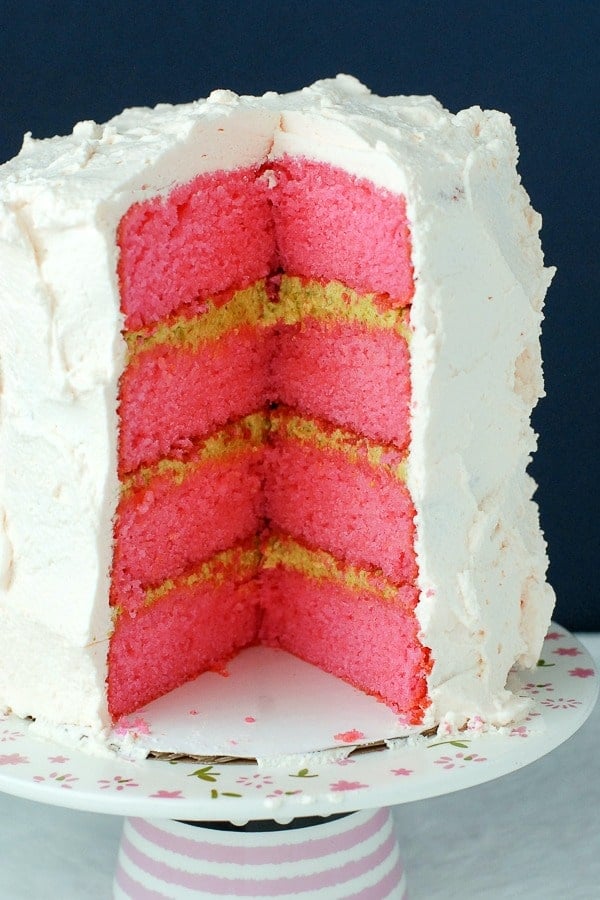
Lastly near Marie-Antoinette’s estate is the Grand Trianon, built by Louis the XIV to escape the court of Versailles with his mistress, Madame de Montespan. The most distinct feature of the Grand Trianon are the variegated pink marble columns outside facing an immaculately geometrical French garden. The courtyard constantly housed tens of thousands of potted fragrant flowers, which were said to be often rotated daily to change the colors or scents. The Grand Trianon has been repurposed and redecorated multiple times by famed figures such as Napoleon Bonaparte and Charles de Gaulle.
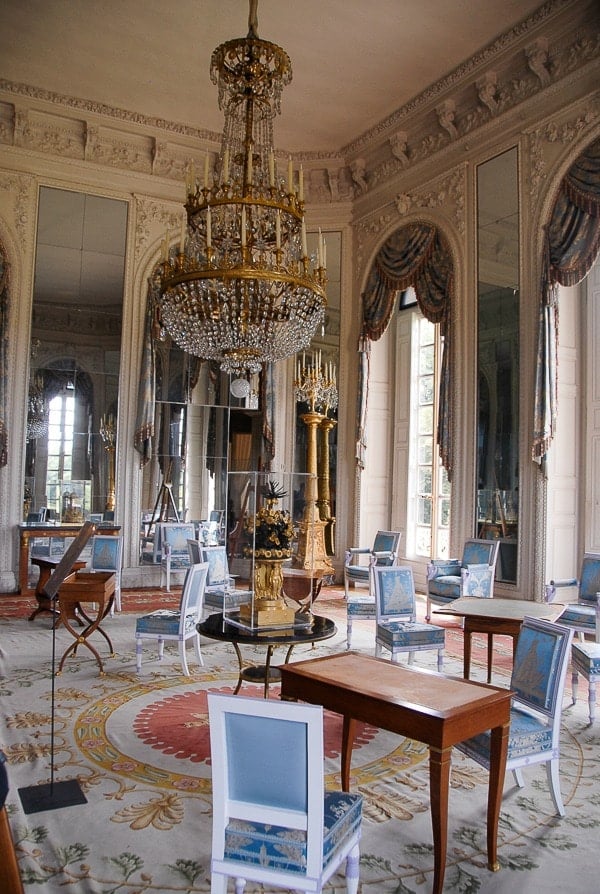
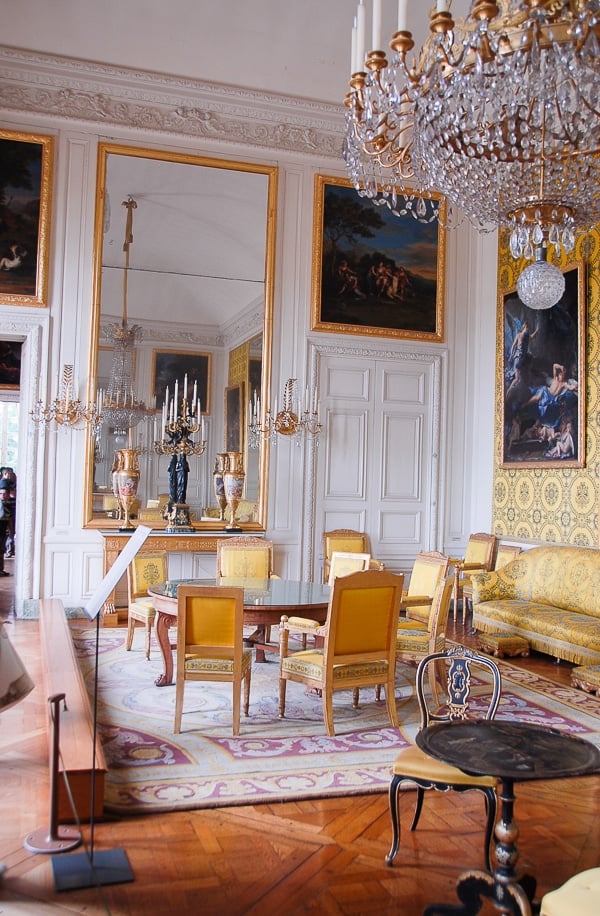

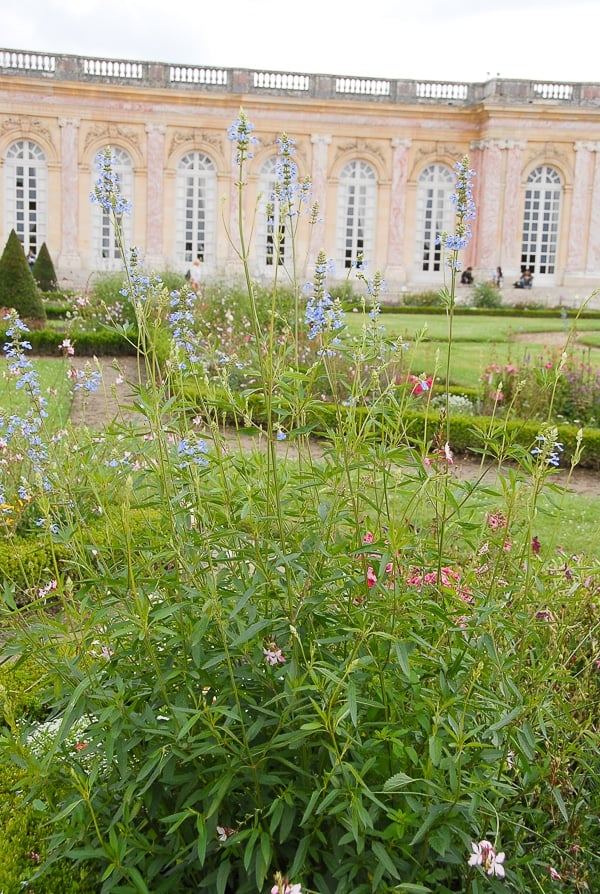
It is no surprise the Château de Versailles has been on UNESCO’s World Heritage list since 1979. It is a property steeped in history, scintillating human drama and intrigue, as well as is a wonder of art and architecture. It is magnificent and a sight all should visit if given the opportunity.
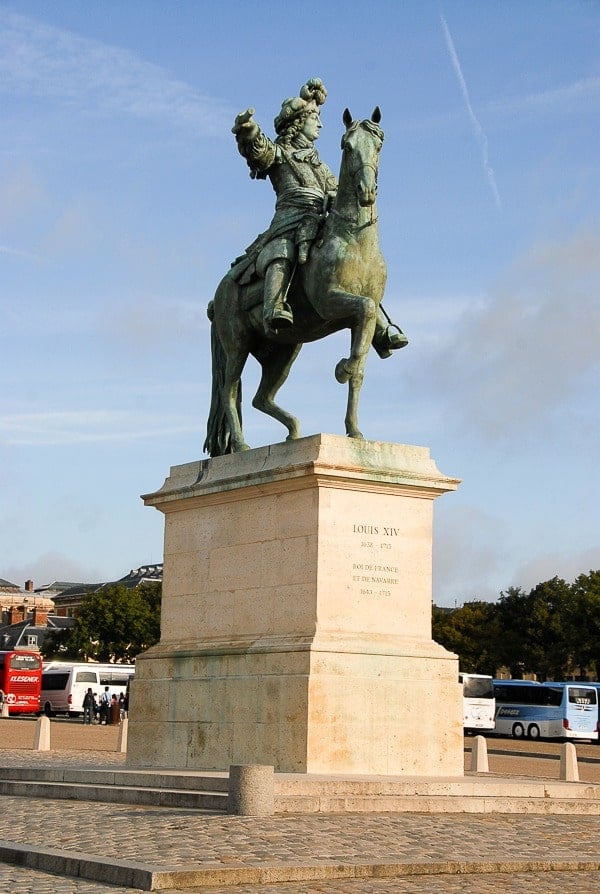
Practical Tips for visiting the Château de Versailles:
Approximately a 30 minute train ride from Paris, one should plan for an all-day outing. Plan to catch the RER C train by 8 a.m. to allow time to get to Versailles before the crowds gather. Exit at the Versailles-Rive Gauche station.
Versailles, the palace and gardens (each separate admission) are covered under the Paris Museum Pass. Entry to Versailles can be very crowded especially in the summer making arriving up to an hour prior to opening key to avoid massive crowds inside the palace. The property sees one million tourists per year; it is very popular.
The gardens are very spread out. There is a shuttle for a small fee that runs between the palace and the Grand Trianon, the Petit Trianon and the Grand Canal (versus the estimated 30 minute walk from the palace to the Grand Trianon).
The property has a number of GPS golf carts for hourly rental (30 Euros per hours) to explore the gardens. We chose to do this and it was perfect. Carts are rented on a first-come-first-serve basis and there can be a short wait until a cart is returned. The rental fee is assessed once the cart is returned. It allowed us to cover a great deal of the grounds and far more than we would have been able to on foot. When stopping at attractions like either of the Trianons or the Grand Canal, park the cart, tour as much as you wish then drive to the next area.
In addition to the palace and gardens, fountain water shows are scheduled on specific days. When the shows are playing an additional entry fee may be required for the gardens. To learn more about the shows or dates here.
Tips from Chateau de Versailles on Best Times to Visit and more.
Mary says
I can’t wait to make this!